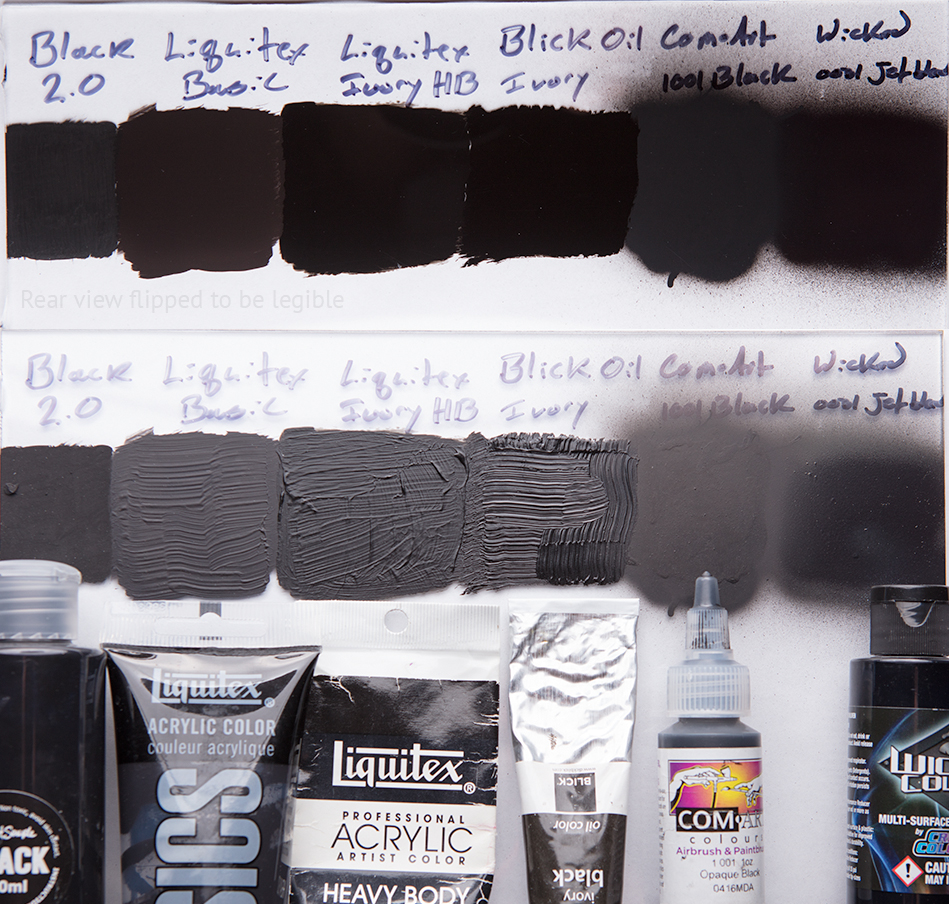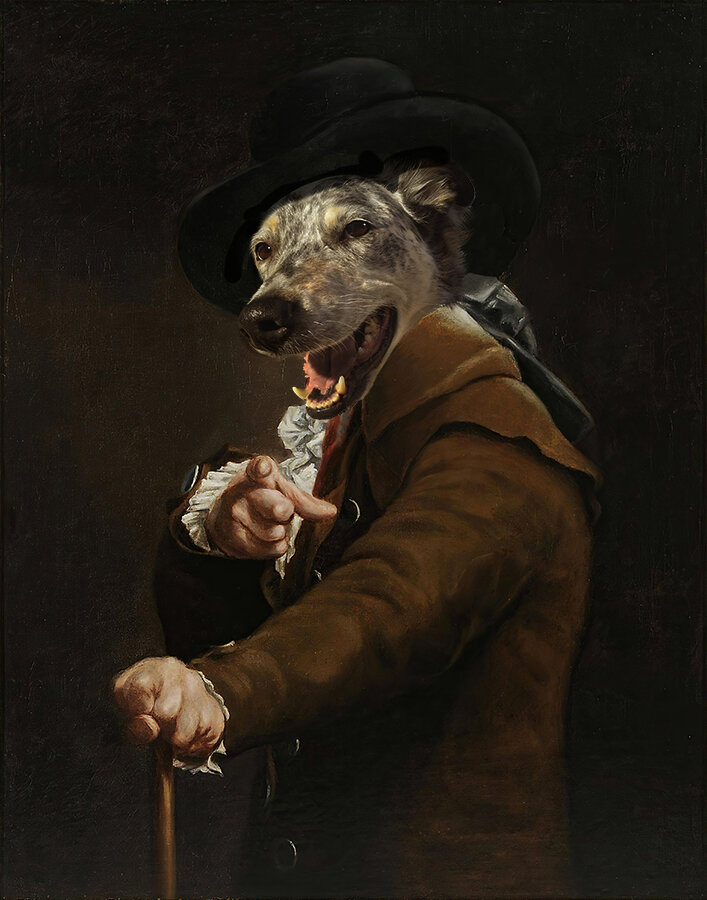Before shifting to photography as my main creative medium I drew and painted. In drawing and painting I was obsessed with the negative space that could be created by deep rich blacks. When Vanta Black was announced I was pretty excited until I saw the price tag and that Anish Kapoor (take a look at his website, it's hilariously bad) decided to dick the art world and call dibs. It really is quite poor of Kapoor and Surrey NanoSystems to agree to only sell the paint to Kapoor for the purpose of art creation. Looking for alternatives I found an American version of the paint called Singularity Black that is more robust and similarly black. While still expensive it is not prohibitively so. Then there's the alternative that google will give you: Black 2.0 by Stuart Semple. It has a lot going for it; it's cheap, smells nice, and was made as a much-needed screw you to Anish Kapoor. However as an alternative to Singularity or Vanta it utterly fails.
Semple's advertising of black 2.0 is deceptive. Its performance and appearance is quite akin to other readily available paints. Below is a comparison to other black paints. For the test, I applied the paints to a sheet of acrylic to compare the darkness of their finish and the darkness of their actual pigment. There are clear winners.
In the order of appearance - Black 2.0, Liquitex Acrylic Basic Black, Liquitex Acrylic Mars Black Heavy Body, Blick Oil Ivory Black, ComART spray brush 1001 Opaque Black, and Wicked Colors spray brush 0031 Wicked Jet Black. The top set is the view from below through the acrylic and has been flipped in photoshop to keep everything legible (at least as much as my handwriting allows).
In the top row we can see the quality of the pigment in the material. The oil paint, one of the spray brush paints, and the higher grade acrylic have a clearly darker pigment.
However on the bottom row, the view from the topevens the playing field evens out some. The spray brush paint still holds an impressively dark overall appearance and the oil paint, if applied carefully to avoid reflection, would do quite well. Where the Black 2.0 has dominance is that its extremely matte finish allows for a lazy application and much less care fore reflections given when illuminated. It might be useful to explore different matte varnishes to see if the oil and jet black can dominate the Black 2.0 in that regard as well.
While it's a good giggle, Black 2.0 just isn't what you want it to be. None of the paints, including Black 2.0, provide the loss of definition that Vanta Black and Singularity Black are said to provide.
Update June 8th 2018 - Singularity Black
Since writing the original posting on these paints I purchased and played with some Singularity Black. It is impressively dark. However, in direct or modestly bright light it does not give that mythical disappearance that Vanta Black claims to achieve. The finish is a true matte and that is part of what makes the paint worthwhile for some applications. This is overshadowed by the fragility of the paint and how terrible it is work with. Nanolabs is releasing a more durable version of the paint but I have yet to use it.
Applying the Singularity Black is difficult. You can successfully paint it onto flat surfaces with a brush but when applied to anything of texture or shape it will run. To avoid this you can apply it evenly with a spray brush. When spray brushing I found care had to be given to the pressure used. To much pressure caused the paint to dry before hitting the surface. It is easy to tell when this is happening as the paint that does stick is weirdly grey and dark strings build up in the surrounding spray area. When applied correctly it will be impressively dark. Also to note about the application process is that the binder creates a vinyl-like coating that be tedious to clean from your airbrushes. Very important to note is that the liquid that the paint is suspended in is toxic and flammable. I only use the paint with a mask, gloves, and goggles and in a chemical hood that vents the fumes. After applying the paint you have to let it air dry and then heat it to a certain temperature to set it.
Below is a new version of the previous comparison. Much is the same except it is now on glass instead of plexiglass. Since Singularity Black has to be heated to create the full effect, I applied it first to the piece of glass, baked it, and then applied the other paints once cooled. Missing from this comparison is the Commart ivory airbrush paint as I ran out of it between comparisons. In addition to Singularity Black I also included a home-brew black paint I am experimenting with. The home-brew ended up having too much texture to it (I did not spend enough time mixing it) but its overall pigment is quite dark. Surprisingly, the Singularity Black looks like trash through the glass. I have suspicion that perhaps the glass was not clean enough, or perhaps since the material is like a very fragile vinyl that there is a layer of a different material between the nano-tubes and the glass.



























